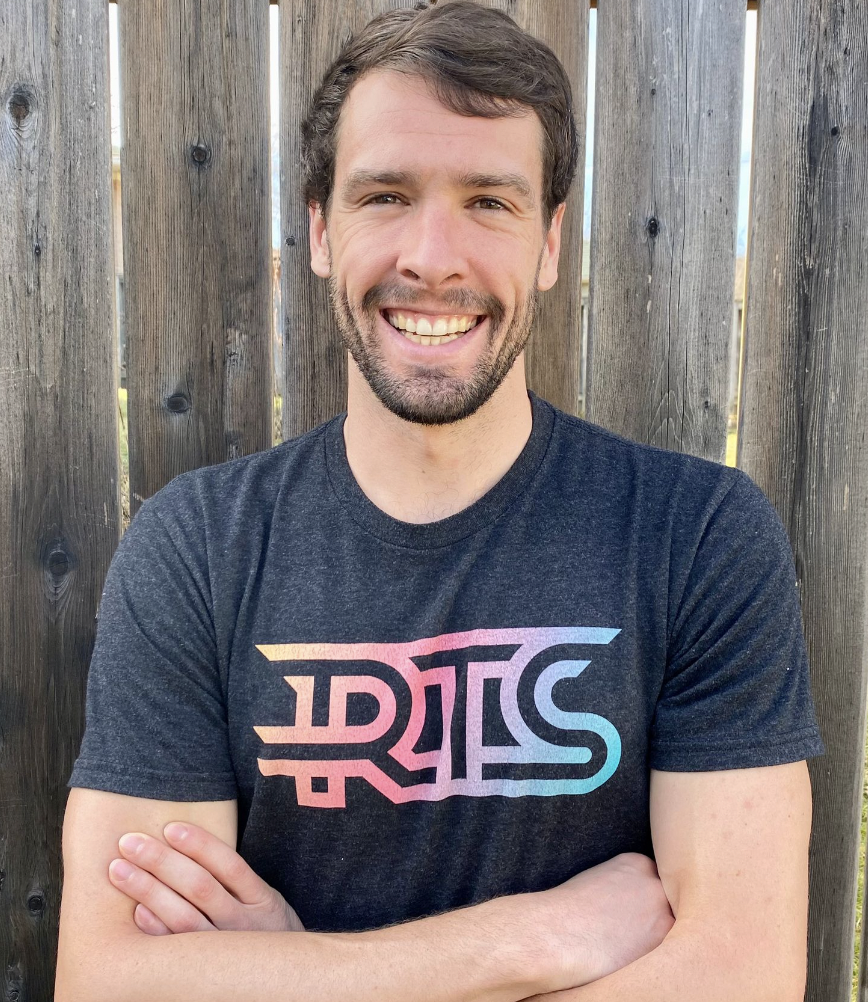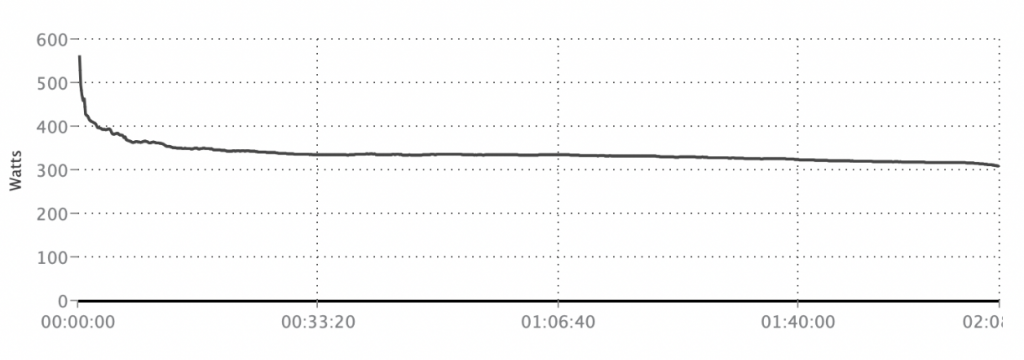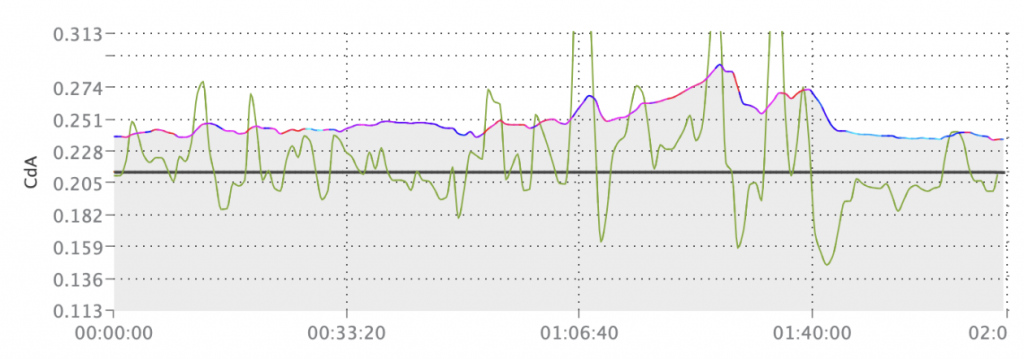
How did the race pan out?
In a field with a great deal of swim talent, most people had their money on an athlete like Marc Dubrick to lead out of the water in Oceanside, but instead it was relatively unknown German pro Magnus Manner who exited the water first. Magnus Manner is a great swimmer and this was not unexpected to anyone who knows anything, that said. Stringing out the front group, Manner led Dubrick, Canadian Olympian Matthew Sharpe and Italian Mattia Ceccarelli out of the water by a couple of seconds, with the next group half a minute down.
In the second pack, there was plenty of firepower for the bike leg ahead, with German Florian Angert and American Dylan Gillespie just ahead of a group of eight which included pre-race favourite Jelle Geens and two-time Kona champion Patrick Lange. Lange will have been pleased with this swim, but probably not much else as he took a wrong turn on the bike and was then anonymous for the remainder of the race. Further back, a number of other contenders were still in the mix, with Braden Currie down +1:05, and Lionel Sanders out in 25th at +1:38. Miami T100 runner-up Sam Long was +2:38 down, with British fan favourite Joe Skipper looking at a deficit of +3:40 out of the water.
Dubrick was first onto the bike. During the initial stretch leading up to Camp Pendleton, Geens took the initiative, swiftly manoeuvring through the field during transition and seizing the lead by the time the front group had covered the first 20km of the bike course. This would prove to be a major tactical error by the Belgian as he was unable to follow Sam Long later on in the bike. Meanwhile, further back, Long and Sanders emerged as contenders, steadily gaining ground on the leaders. Hailing from Tucson, the duo began to assert their presence in the race. By the halfway point, they, along with Jackson Laundry and Currie, had surged to the front of the pack.
Upon closing the distance, Long accelerated the pace, driving alongside Sanders, Laundry, Justin Riele, and Maximillian Sperl to initiate a breakaway with less than 20km remaining. As they entered transition, the leading quintet remained cohesive, leaving the rest of the field far behind. Geens, the closest pursuer in sixth position, trailed by +2:34, while Dubrick and Gillespie lagged a further 90 seconds behind the Belgian.
Unless Geens produced a monster run split, it seemed the men’s winner would come from this front group, with Long, Laundry and Sanders trading blows over the opening kilometres. Dropping Riele, then Sperl, then Laundry, Long and Sanders pulled ahead after 5km, before the Canadian made an early move for the win, opening up a ten second gap, which gradually doubled by the halfway point. Keeping his foot on the gas, Mr “No Limits” looked unstoppable over the middle section of the run course, and with less than five kilometres to go had a lead of over a minute back to Long, who had thirty seconds over Laundry back in third. Pushing like only he knows how, Sanders never relented despite the gap, as his lead continued to grow and grow. Taking the tape in an emotional finish, Sanders put Long and Laundry to the sword with a 1:10:40 run split.
How hard did Sam Long make everyone ride?
The race was won on the bike, with the podium all coming from that lead group. Pre race favourites Sam Long, Lionel Sanders and Jelle Geens all made their impact on the bike. Sam Long attacked, Lionel Sanders held on (before going on to win the race on the run) and Jelle Geens went out the back door. Sam Long attacked the bike very hard, and it was a select lead group of 5 that managed to hold on until the end. Our man Jackson Laundry rode with the front group, showing that on his day, he can ride with anyone in the sport.
The headline stats.




I had a brief exchange of messages with Jackson after the race and he put his bike success onto spending all winter on the turbo (he lives in Guelph, where temperatures in winter drop below minus ten Celsius). He told me that Sam was pulling very hard for most of the ride. Post race, Sam mentioned that he was worried about Jelle Geens on the run.
Interestingly, the fastest run of the day was done by Connor Weaver, down in 38th position who pulled a 1:10:01 out the bag.
Stay tuned for more ride analysis from pro races. If you want to be as well prepared as these athletes, sign up to myWindsock here.

 UK Time Trial Events
UK Time Trial Events




